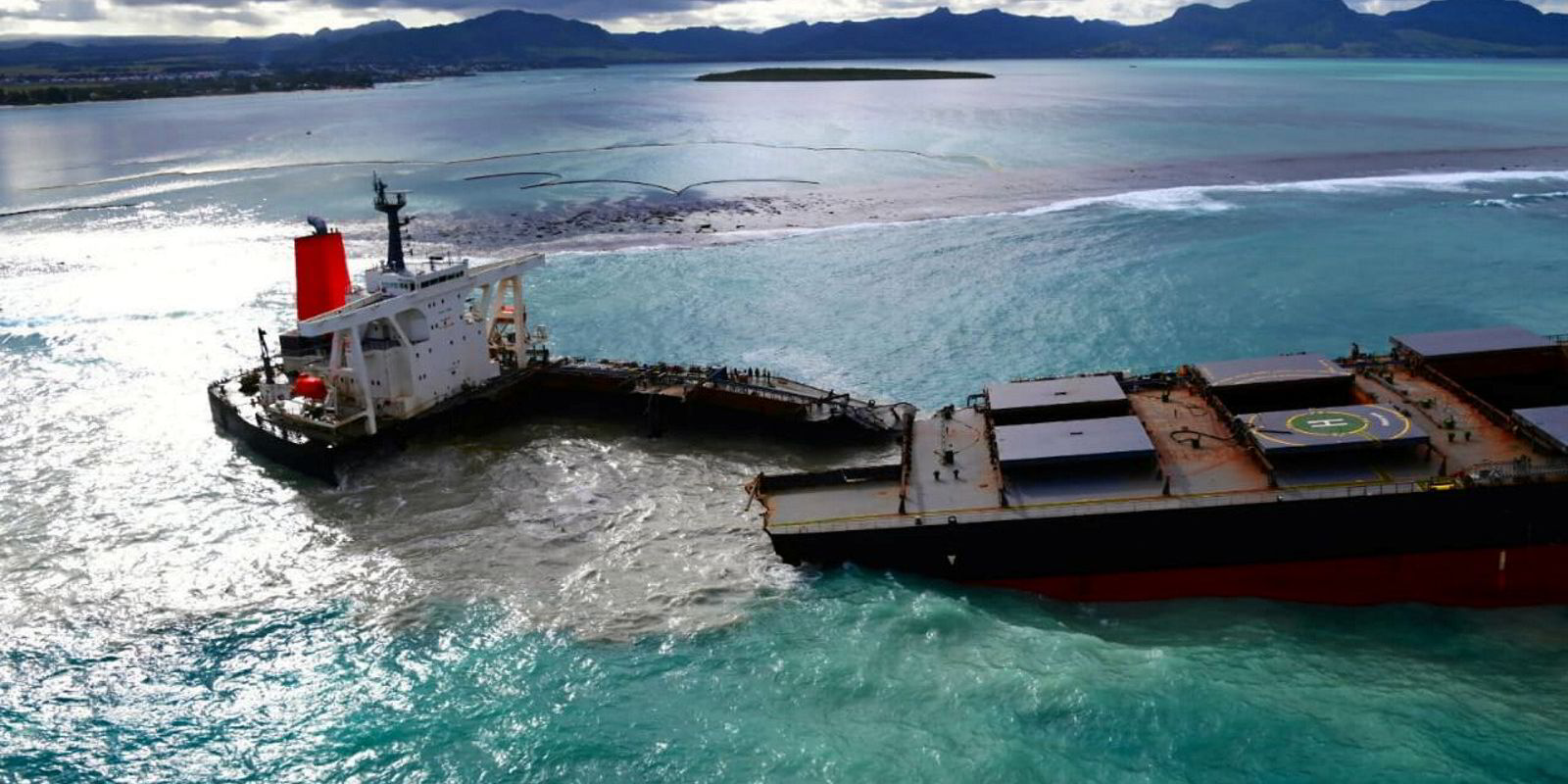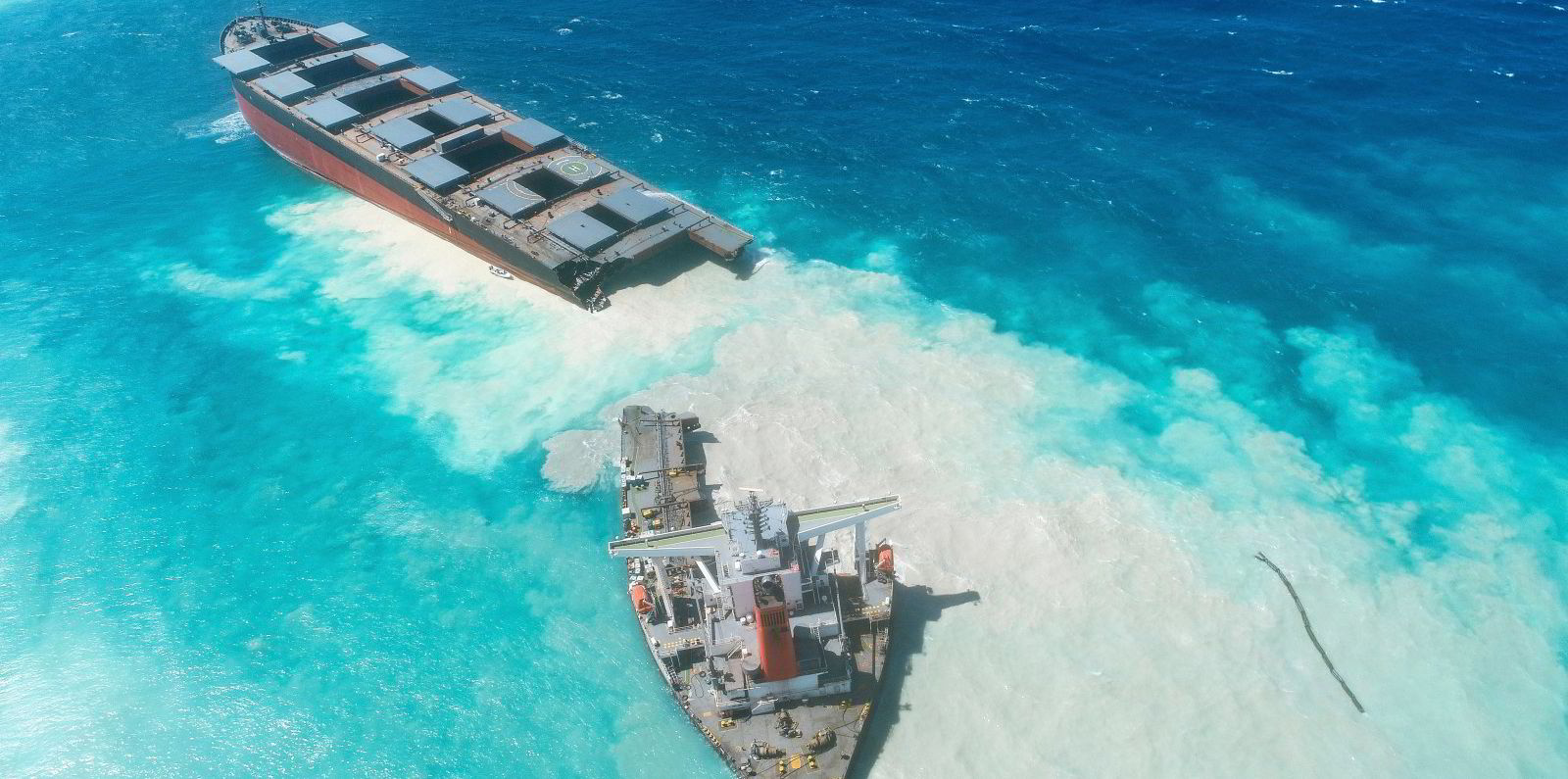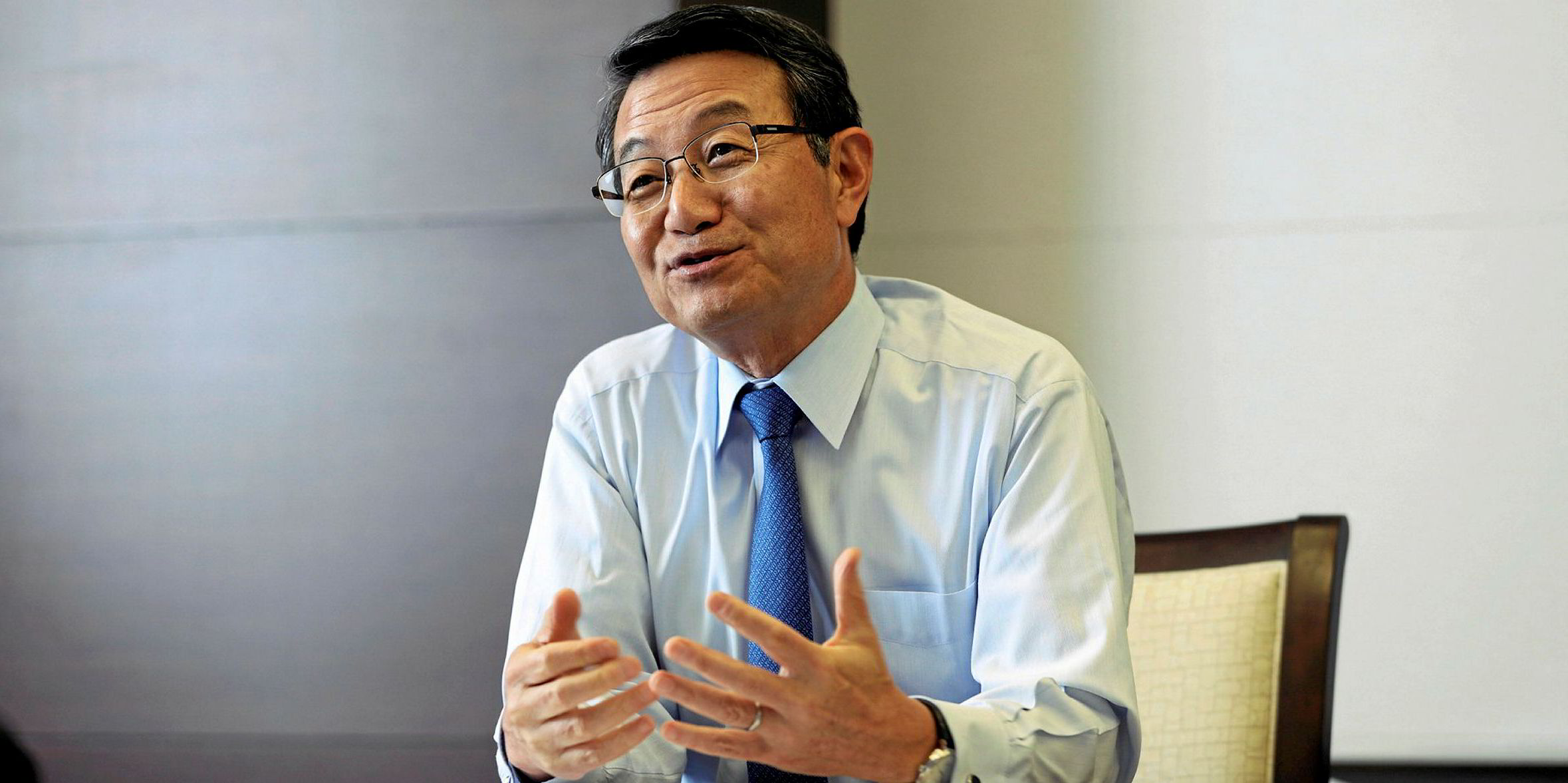As the charter of the Wakashio, Mitsui OSK Lines did not have a direct responsibility for the pollution caused by the massive oil spill from the 203,000-dwt bulker (built 2007) a year ago.
But, as one of the world’s largest shipping companies with a clear environmental, social and governance policy, it has stepped up to the plate to help the island recover and, in doing so, set a rare example of community involvement by shipping companies following a maritime disaster.
Rather than hide from the fury of locals who have seen their lives disrupted by the disaster it has established a presence on the island by setting up local outfit MOL Mauritius.
From its local base it has conducted an environmental damage assessment for the islands mangroves, coral reefs, wild bird and fisheries industry.
The assessment concluded that it could take a decade for some of the mangroves and coral reefs to fully recover making it a long-term project for MOL.
It has set up communication lines with the local community, government and non-governmental organizationsto include them in the recovery plan.
A public trust in Japan and charitable trust in Mauritius is aiming to contribute ¥800m ($7.25m) to the recovery project.
The aid is in addition to the compensation for environmental damage provided by the owner’s protection and indemnity insurer the Japan P&I Club.
MOL’s effort goes beyond environmental recovery and includes helping businesses develop and promoting culture and education and tourism.
The accident has also led to technical innovation in making sure such an accident does not happen again.
MOL chairman Junichiro Ikeda, said last year: “As we take to heart that safe operation is the fundamental value of our company and the foundation of our business, all of us must pledge that we can never again allow the occurrence of an incident like Wakashio.”
MOL is now investing ¥500m ($4.5m) to improving safety management to prevent a repeat of the accident. MOL was unaware that the Wakashio had sailed off course into a potentially dangerous situation.
It is developing an automated warning system, along with Finnish technology company NAPA, for crew and onshore managers when a vessel sails into a high-risk area.







